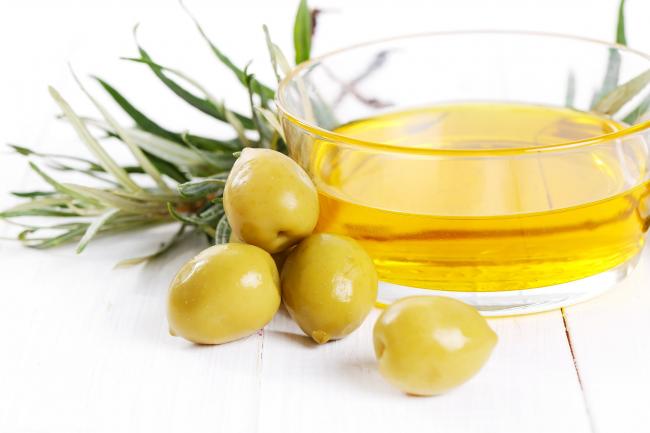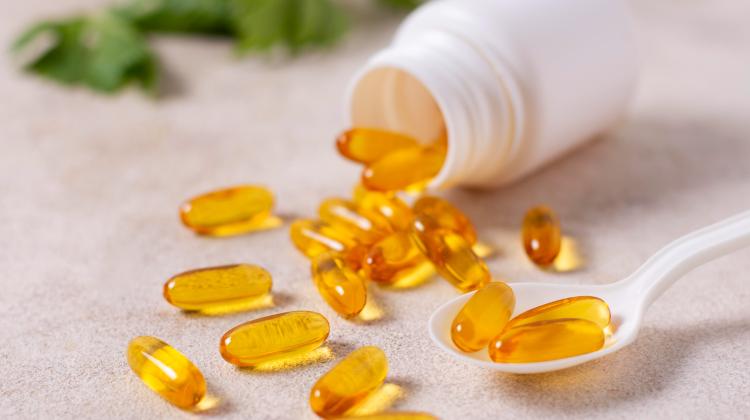The inhabitants of the Mediterranean regions use oil for almost every dish. It is used as a salad dressing, a substitute for butter, among other things, but it is also used for short frying. The annual consumption of olive oil in Italy is about 500 thousand tons, which is estimated at about 12 liters per person in this country. In comparison, a Polish person consumes only 1 liter per year.
Valuable properties
Numerous research papers have been written about olive oil for decades. In fact, one could say that we know almost everything about it. Nowadays, however, it arouses so much interest among scientists that many studies are being conducted on its influence on human health, skin condition, prevention of civilization diseases, but also from a biotechnological and pharmaceutical point of view. This is because it owes its versatile properties to unusual and beneficial components.
It is common knowledge that virgin oil is the best. However, the composition of olive oil is influenced by many other factors, including climate and variety, time and method of harvesting, pre-processing (washing, crushing, grinding, pressing), storage and packaging of the finished product.
Olive oil is 99% triacylglycerols. It contains:
- monounsaturated oleic acid (78-83%),
- saturated fats (17%), i.e. palmitic and stearic acids, and extremely important from the nutritional point of view - linoleic acid (8%) belonging to the group of omega 6 acids, and linolenic acid (1%) belonging to the group of omega 3 acids.
Many studies have shown that due to its fatty acid composition, a diet rich in olive oil lowers the concentration of cholesterol of the LDL fraction and simultaneously increases the HDL fraction, reduces the risk of lipid peroxidation in lipoproteins (LDL and HDL) and therefore prevents the formation of atherosclerotic plaques. In addition, the content of fatty acids in oil from the n-3 and n-6 family has a beneficial effect on blood pressure.
Regular consumption of olive oil has also been shown to have a beneficial effect on the prevention of certain cancers. Studies show a significant association between consumption of this fat and a low incidence of ischemic heart disease.
But that's not all.
The DNA of olive oil
Olive oil owes its multidirectional properties, including its health-promoting properties, not only to fatty acids but also to the so-called unsaponifiable compounds, of which there are about 1% in oil. These compounds include:
- vitamin D,
- carotenoids,
- tocopherols with strong antioxidant activity,
- sterols,
- phospholipids,
- phenolic compounds,
- chlorophylls,
- and many compounds giving characteristic taste and aroma.
In total, there can be up to over 200 different bioactive compounds. The plant sterols found in olive oil are β-sitosterol, stigmasterol, and campesterol. The predominant one is β-sitosterol, which contributes to the inhibition of colon, prostate, and breast cancer proliferation.
It is worth noting that olive oil contains about 500 mg/l of phenolic compounds, including many unique ones such as:
- phenolic alcohols: hydroxytyrosol, tyrosol, oleocanthal,
- secoiridoids: demethylleoeu-ropein, oleoeuropein,
- flavonoids, among them chalcones e.g. olivine, flavones (e.g. luteolin, rutin, apigenin and anthocyanins including cyanidin 3-O-glycoside, cyanidin 3-O-rutinoside, delphinidin),
- and phenolic acids: vanillic, syringic, coffee, elenolic, coumaric, and verbascoside.
An interesting compound found in oil is oleocanthal, which has similar effects to the anti-inflammatory ibuprofen by affecting the same chemical pathways in the brain. In addition, it is this compound that is responsible for the characteristic burning sensation that occurs in the back of the throat after consuming olive oil.
Health benefits
Olive oil has anti-inflammatory properties, which means it can prevent and help treat many conditions, including rheumatoid arthritis. Olive oil supports calcium absorption and thus prevents osteoporosis. It is worth noting that due to the content of these compounds, olive oil stands out among vegetable oils, because, for example, sunflower oil, rapeseed oil, or corn oil does not contain as many bioactive compounds.
Olive oil, perhaps because of its higher price and quite distinct taste and aroma, as well as still not widely known health-promoting properties, does not occupy a significant place in the Polish diet.
The price of olive oil is affected by the fact that the olives must be harvested by hand, and this significantly increases the price of the finished product. In addition, olive trees bear fruit in different ways. Sometimes they do not produce even for a dozen or so years. Usually trees bear fruit from the 7th year on, giving a higher yield each year. The most fruitful years are between 35 and 150 years. In the following years the trees yield less. Olive trees can be several thousand years old - the oldest one is 3000 years old!
Fountain of youth
Due to the unique composition of olive oil, calling it the elixir of youth is not just a marketing slogan, but it is scientifically proven. Regular consumption of olive oil improves memory and concentration in people, even in old age and seniors. In addition, contained phenolic compounds, tocopherols have an anti-aging effect. Tocopherol prevents oxidative damage to the skin caused by UV radiation. Squalene, in turn, contained in olive oil ensures the proper functioning of the skin, makes it more elastic and lubricates the epidermis, restores the natural lipid coat of the skin, rebuilds and lowers the coefficient of transepidermal water loss TEWL (Transepidermal Water Loss), protecting the skin from excessive water loss. Regular consumption of olive oil, due to its squalene content, can reduce wrinkles by up to 30%, increase collagen content in the skin, reduce redness. To achieve these effects, just include olive oil in your daily diet. Although it can also be used externally as a mask, on the skin and hair, as well as a makeup remover.
How to store this priceless fat?
We should remember to store olive oil properly in order to preserve as much as possible of its bioactive components. It is best to store it in a dry and dark place. In dark glass bottles, tightly closed. Olive oil should be consumed up to a few weeks after opening. If we store olive oil in the refrigerator, it is important to remember that it will turn solid when exposed to low temperatures. If we take it out and wait, the olive oil will return to liquid form after 60 minutes.
By including olive oil in your daily balanced diet, everyone can take a step towards longevity.





